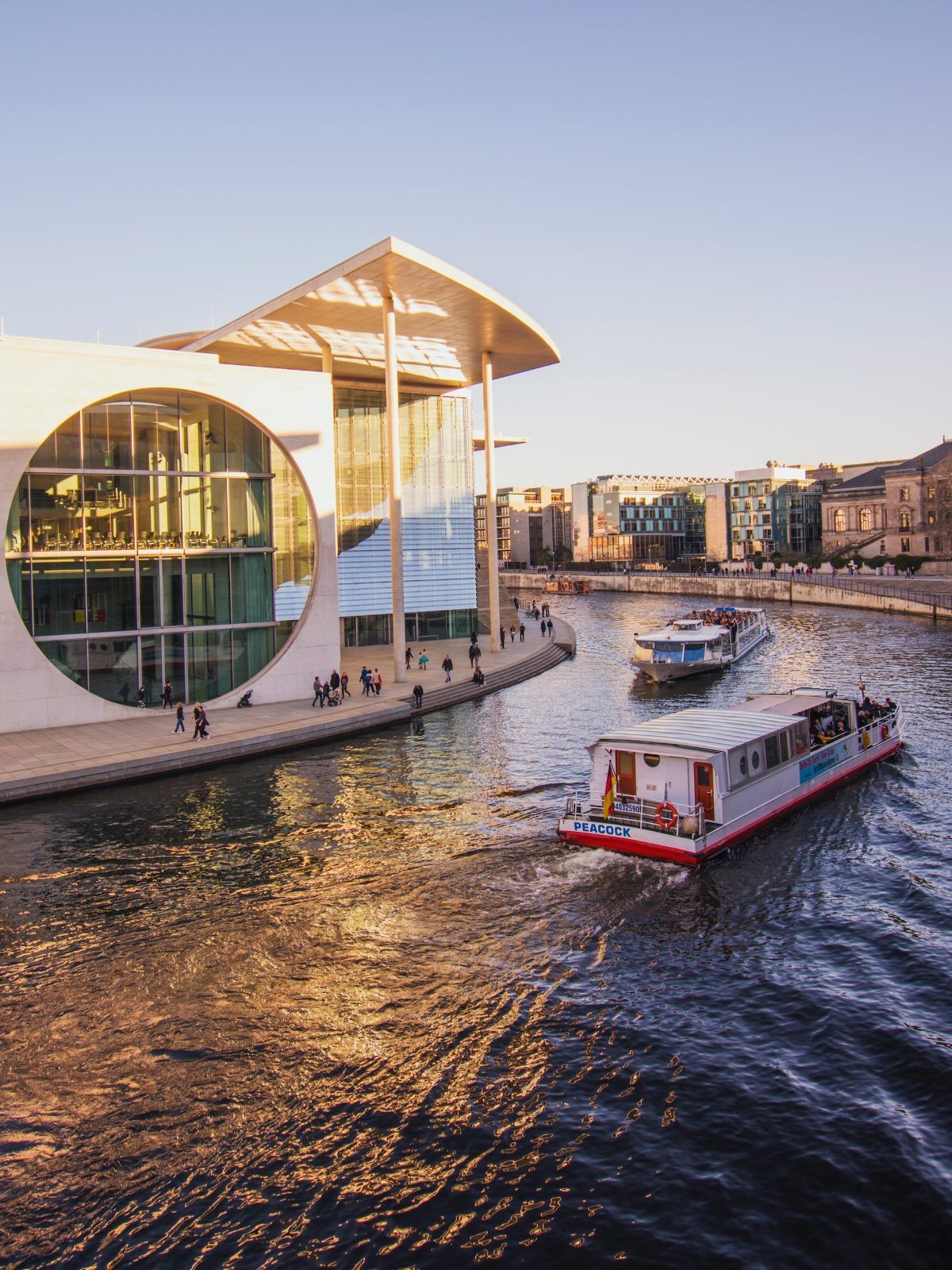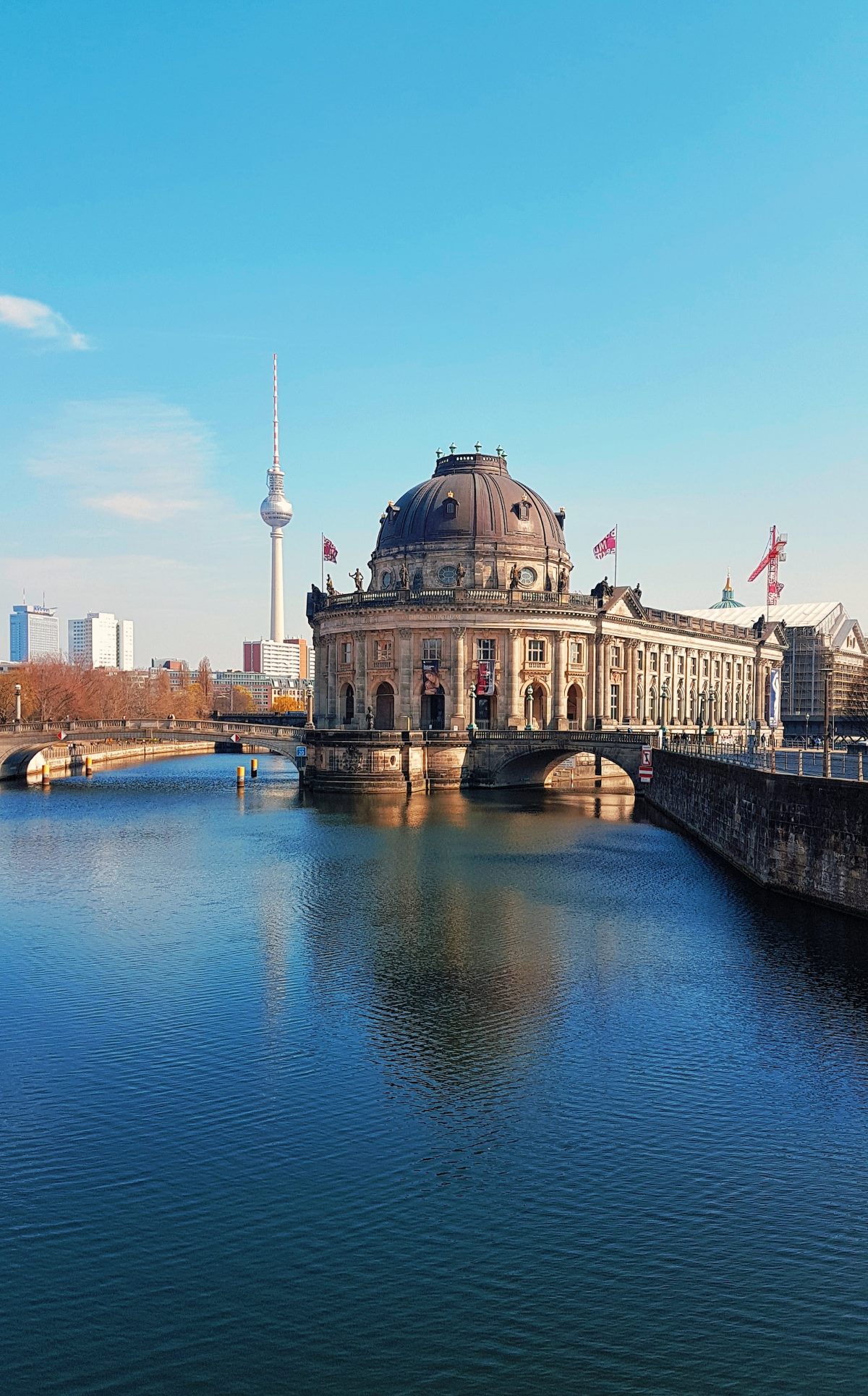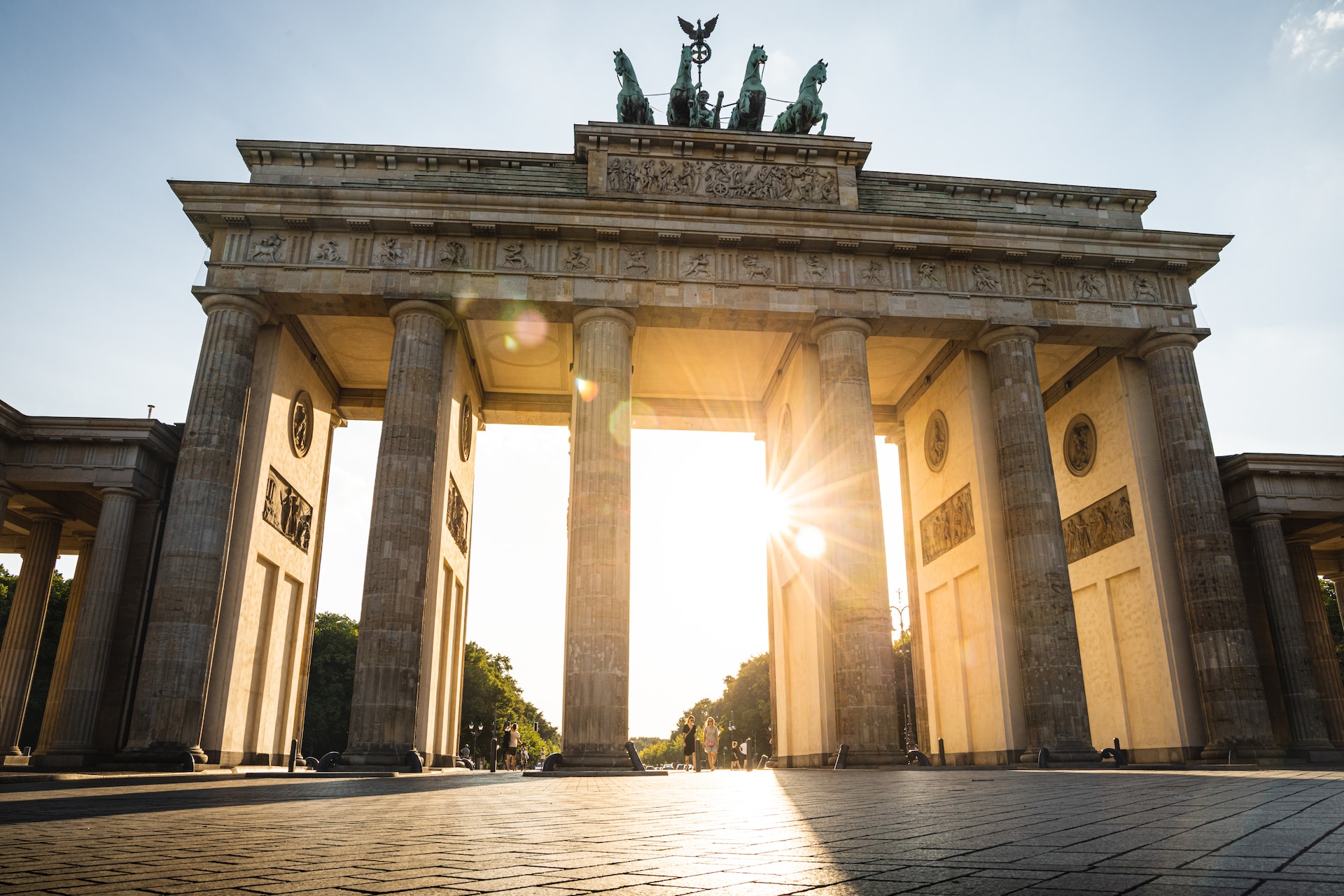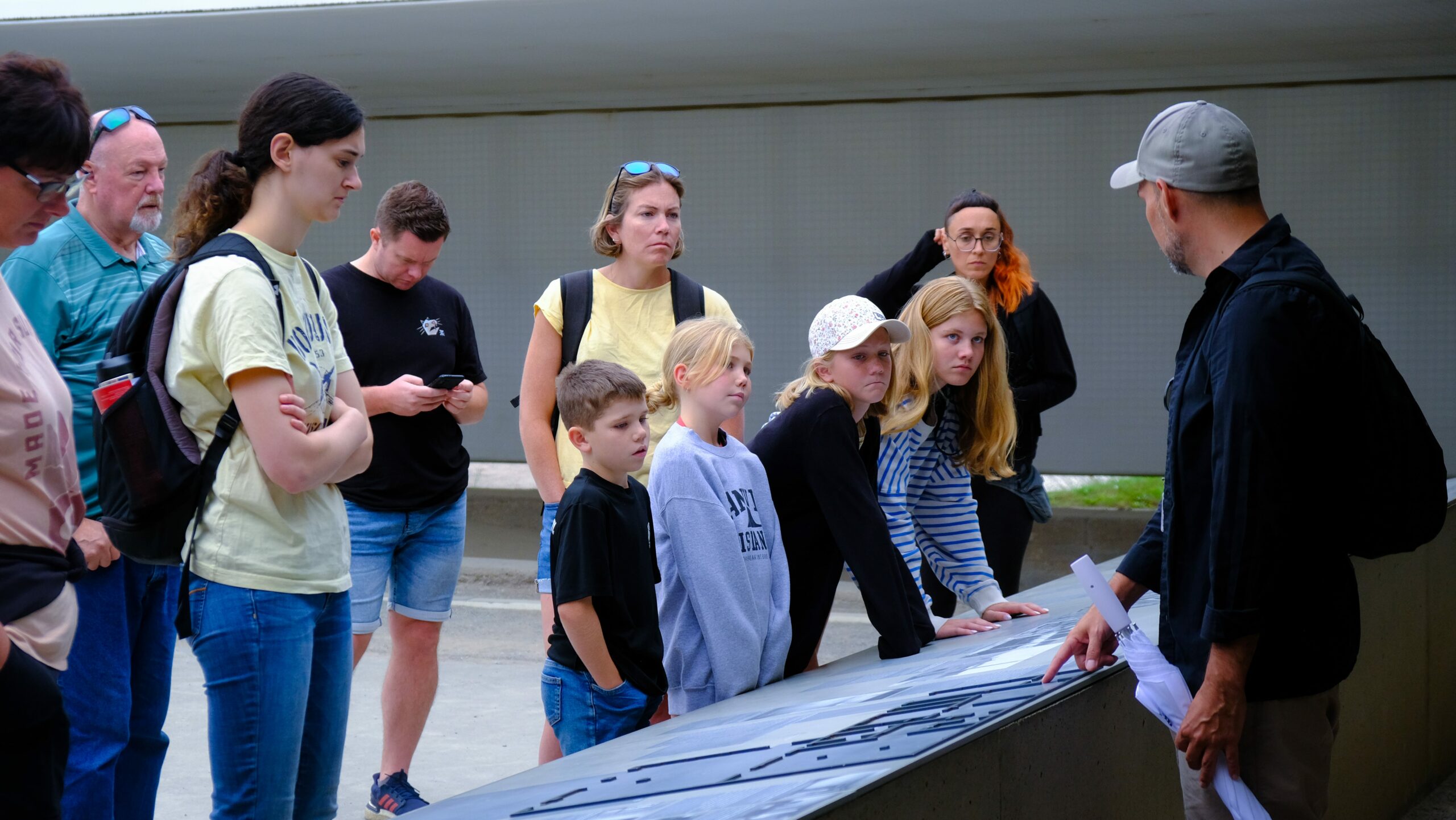People often ask themselves whether it was possible to avoid the Berlin Wall by walking around its perimeter. The Cold War era witnessed this historical barrier standing as an East-West Berlin division for about thirty years. We will analyze the physical ability to navigate around the Berlin Wall and the administrative consequences of such a diversion during this article.
The Purpose and Construction of the Berlin Wall
The subsequent part framework explores Berlin Wall construction origins while the main inquiry takes center stage in this article. The German Democratic Republic built the wall on August 13, 1961 through the initiative known as East Germany. The GDR built the barrier in 1961 to stop East Berlin residents from leaving since excessive talent migration caused serious economic difficulties for the Eastern bloc economy.
The Structure of the Berlin Wall
Beyond being just an ordinary barrier the Berlin Wall contained multiple defensive elements. The defense installation functioned as a high-tech surveillance system against illegal border access. The total length of the wall exceeded 155 kilometers (96 miles) through multiple security elements.
- The most visible barrier of the wall was the concrete wall which usually reached heights of multiple meters.
- The Death Strip represented a guarded space beside the wall which guards filled with wire traps trenches as well as defensive vehicle barriers.
- Mesh fencing operated as a security barrier called fence that made entering the border zone extremely difficult.
- Many watchtowers around the border region operated with armed soldiers executing their watch duties.
- East German border police operated regular patrols at and around the wall for the purpose of catching escape attempts.
The Difficulty of Circumventing the Berlin Wall
Widespread fortification systems made evasion attempts of the Berlin Wall both complex and severely dangerous to execute. Here are a few reasons why:
Highly Secured Border:
The government of East Germany enforced multiple safety protocols to stop undocumented border movements. Security personnel monitored the wall and waited to intercept anyone who attempted to escape from the area. To stop escapees East Germany employed professional dogs together with nighttime floodlights as well as wire traps. The extreme border security of such an area made attempts to pass through it without being spotted extremely challenging.
Geographical Obstacles:
The Berlin Wall spanned various geographic conditions which included both waterways and densely populated urban space as well as natural rivers and canals. The geographical layout served as barriers which made it difficult for anyone to try running around the wall.
Consequences and Risks:
Moving beyond the Berlin Wall constitutes a complex operation because crossing it presented significant dangers for escapees. Many individuals died through guard-caused fatal force as they attempted to cross from East Berlin to West Berlin. The high danger of capture by authorities as well as potential arrest or death made performing an illegal crossing of the wall extremely dangerous.
Alternative Routes for Escape
Some people managed to break through the Berlin Wall barriers through different escape methods although traveling through it posed nearly impossible difficulties. People achieved their escape through these two alternative methods.
Underground Tunnels:
Several brave people took on the task of underground tunneling beneath the wall to escape from East Berlin. The hidden tunnels acted as a secret passage for Aviation which led through buildings toward open areas of the Western side. Tunnel construction demanded extensive preparation together with patient determination and supportive individuals who joined the operation.
Other Border Crossings:
To escape East Germany people would use various border crossings because the Berlin Wall had become one of the world’s most secured barriers. Some people chose to evade border controls by attempting to cross into Western territory through less closely guarded Czechoslovakian and Austrian locations.
In Conclusion
According to historical record the Berlin Wall created such extensive defensive measures along with geographical challenges which meant trying to go around it proved impossible for any individual. The GDR invested excessive efforts into border security to stop illegal border passage which generated a highly protected border. People who had determined to escape the wall invented dangerous pathfinding solutions to achieve their goal of leaving. After the Berlin Wall collapse on November 9, 1989 this division came to an end while starting a fresh period for Berlin alongside all of Germany.
Table of Contents




